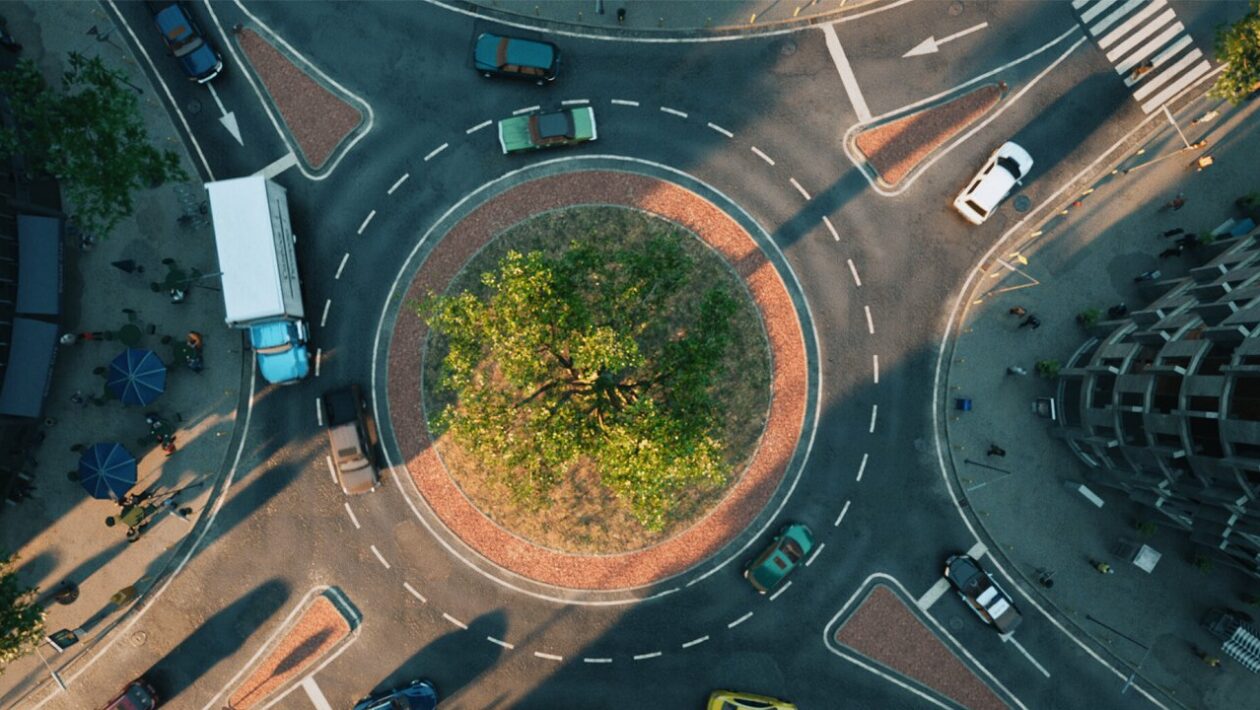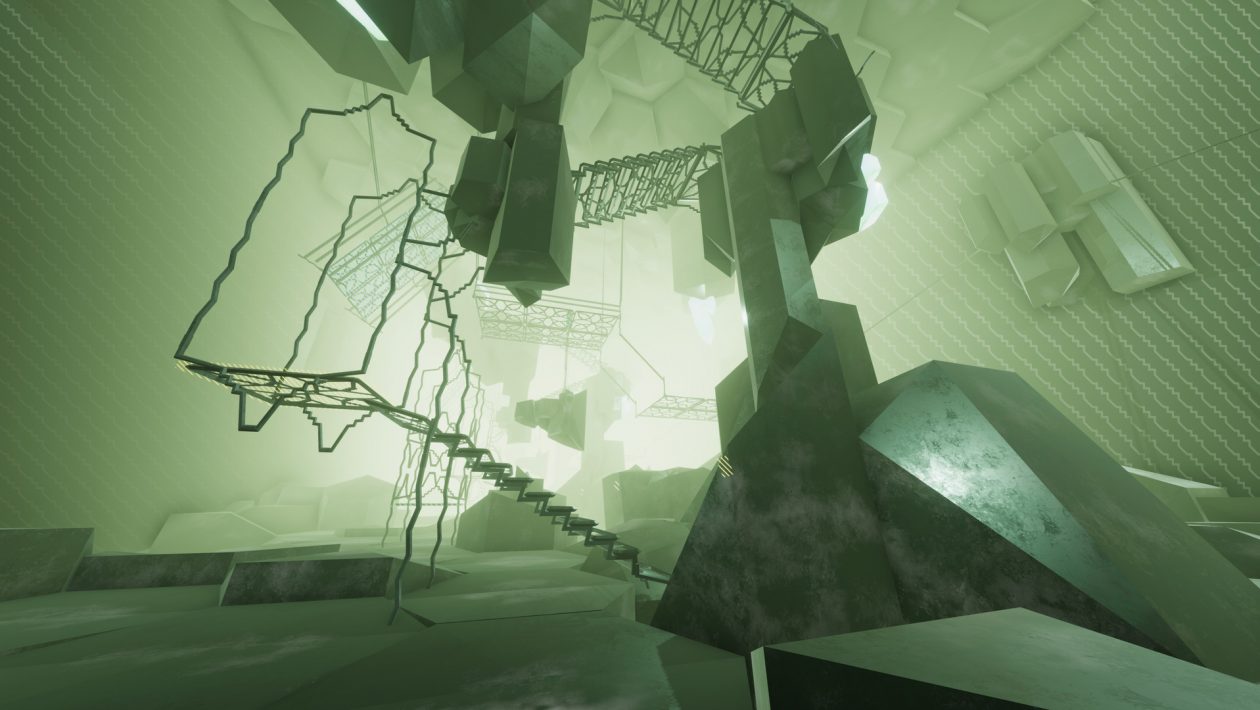Redmi Note 10 vs Redmi Note 9 Pro vs POCO X3
In today’s comparison, we will compare three smartphones that are closer to each other than it might seem. For Redmi Note 10, by his previous generation Redmi Note 9 Pro and also by model LITTLE X3 because Xiaomi stands. We will look at the advantages of individual smartphones and in the end we will say which one has the most.
Contents
Design and construction
All three smartphones have plastic bodies, which at first glance differ only in the location and shape of the rear camera module. The design does not dazzle or offend either. Redmi Note 10 and POCO X3 also attract the customer to IP53 certification, which guarantees durability in the rain. The Redmi Note 10 has the most compact dimensions and the lowest weight, its display covers the tempered glass Gorilla Glass of the 3rd generation.
The display of the other two smartphones is covered by a newer version of the tempered glass Gorilla Glass 5. In terms of durability, the POCO X3, which even has an aluminum frame, is the best. However, its weight reaches up to 215 grams, which could be an obstacle for some customers.
Display and multimedia
While the Redmi Note 10 has a 6.43-inch Super AMOLED display, the other two smartphones have 6.67-inch displays made with older IPS technology. The resolution of all three models is 2400 x 1080 pixels. Only one of them also offers a higher refresh rate of up to 120 Hz, the POCO X3. This parameter is essential for many customers and POCO X3 will be their first choice.
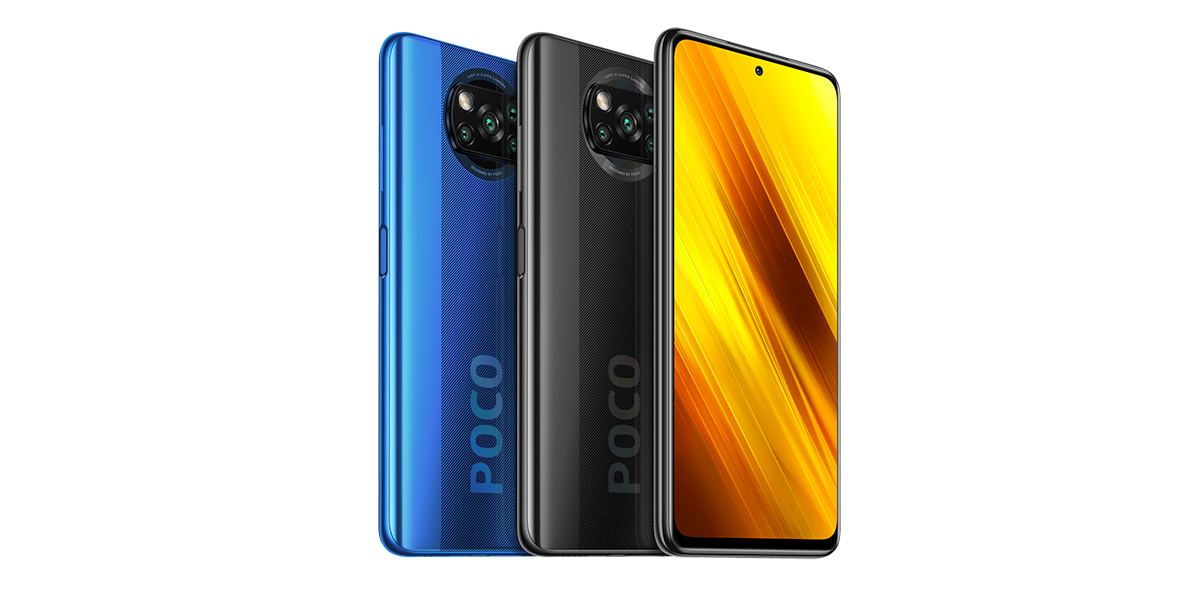
Owners of POCO X3 smartphones and Redmi Note 10 will especially enjoy listening to music. In addition to the 3.5 mm jack and Bluetooth connection for headphones, they also have stereo speakers. The Redmi Note 9 Pro has only a mono speaker. In addition, their 3.5 mm jack has an output with 24-bit quality sound with a frequency of 192 kHz.
Power and memory
Of all three, the lowest performance of the three is offered by the latest Redmi Note 10 model, which was introduced this year. The manufacturer fitted it with a weaker Qualcomm napdragon 678 chipset, which is produced by an 11 nm production process and also has a weaker Adreno 612 graphics core.
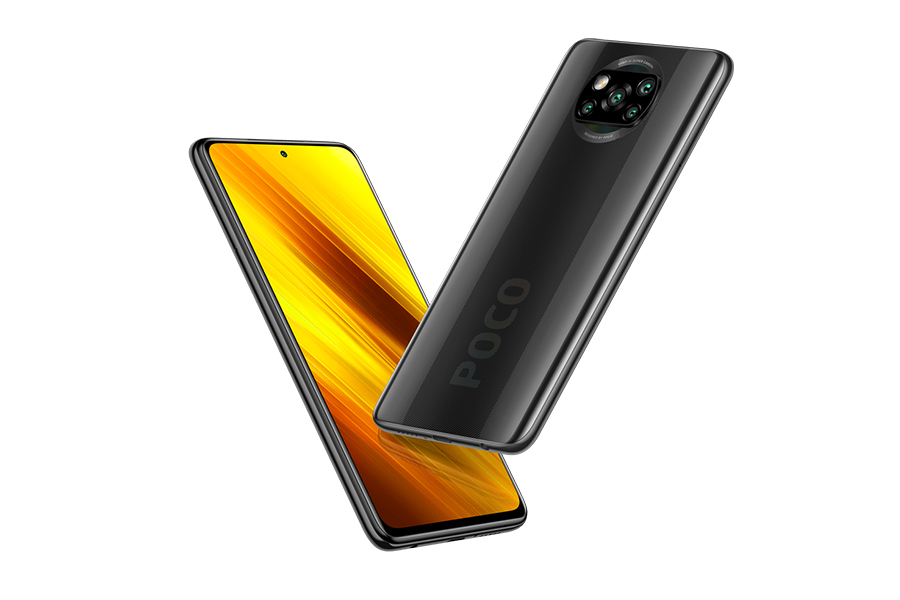
![]()
In terms of RAM, the worst new feature is Redmi Note 10. There is only 4 GB or 6 GB of RAM to choose from. For the other two models, 8 GB of RAM is also available. Redmi Note 10 offers a newer type of internal memory UFS 2.2, while older models only UFS 2.1. In all three cases, the size is 64 GB or 128 GB.
Cameras
Each of the smartphones has a rear camera with four sensors – primary, ultra-wide, depth and macro sensor. The oldest model’s rear camera comes out on paper. The primary sensor Poco X3 and Redmi Note 9 Pro has up to 64 megapixels, while in the case of the new Redmi Note 10 it is only 48 megapixels.
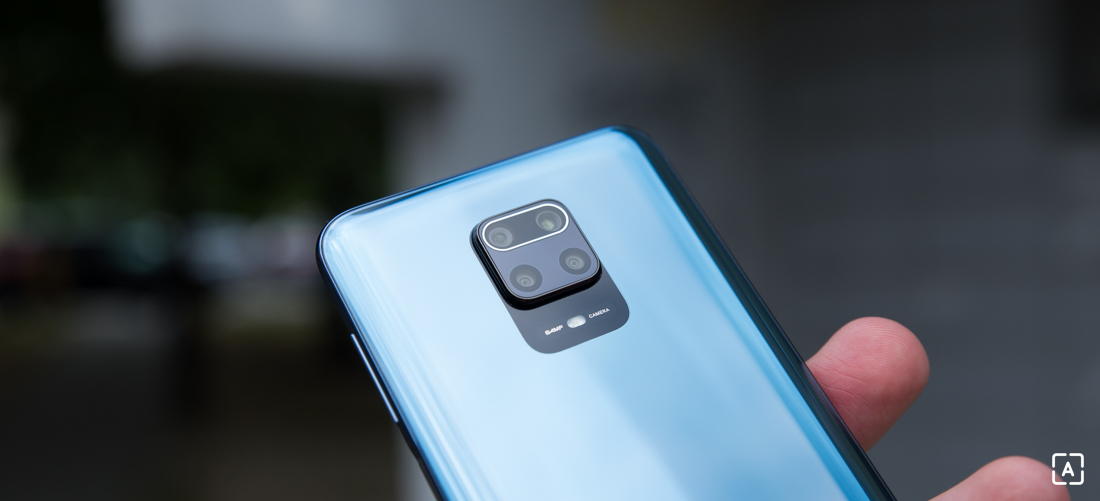

![]()
![]()
![]()
There are smaller differences with ultra-wide and macro sensors, but the resulting photos will be similar for all smartphones compared. When shooting videos with the Redmi Note 9 Pro and POCO X3, the user can also use electronic stabilization with a gyroscope. Redmi Note 10 does not have this option. The POCO X3 wins in selfie cameras with a 20-megapixel sensor and f / 2.2 brightness.
Connectivity and battery
In addition to 5G support, smartphones have full connectivity, except for the Redmi Note 10, which lacks an NFC chip. They also have a 3.5 mm jack for headphones, infrared or FM radio. Also, the battery capacity and fast charging performance are almost identical in all three models. On paper, the POCO X3 smartphone has the largest battery capacity (5160 mAh) and charging power (33 W), but the difference compared to the other two is minimal.
Verdict
The best choice of the three smartphones compared is clearly the POCO X3. It has the highest quality body, 120 Hz display, the highest performance and nothing is missing in its class. The only negative is the size and weight of 215 grams. If you are looking for a more compact smartphone, the Redmi Note 10 is a better solution, but it lags behind in terms of parameters.
| Redmi Note 10 | Redmi Note 9 Pro | LITTLE X3 | |
| Display | 6.43 inches, Super AMOLED, 2400 x 1080 pixels | 6.67 inches, IPS, 2400 x 1080 pixels | 6.67 inches, IPS, 2400 x 1080 pixels, 120 Hz |
| Chipset | Qualcomm SDM678 Snapdragon 678 (11 nm) | Qualcomm SM7125 Snapdragon 720G (8 nm) | Qualcomm SM7150-AC Snapdragon 732G (8 nm) |
| RAM | 4 GB / 6 GB | 6 GB / 8 GB | 6 GB / 8 GB |
| Internal memory | 64 GB / 128 GB, microSDXC | 64 GB / 128 GB, microSDXC | 64 GB / 128 GB, microSDXC |
| Rear camera |
|
|
|
| Selfie camera | 13 MP, f / 2.5, 1 / 3.06 ″, 1.12 µm | 16 MP, f / 2.5, 1 / 3.06 ″, 1.0 µm | 20 MP, f / 2.2, 1 / 3.4 ″, 0.8 µm |
| Connectivity | LTE, Wi-Fi ac, Bluetooth 5.1, 3,5 mm jack, GPS, infraport, FM rádio. USB-C | LTE, Wi-Fi ac, Bluetooth 5.1, 3,5 mm jack, GPS, infraport, NFC čip, FM rádio. USB-C | LTE, Wi-Fi ac, Bluetooth 5.2, 3,5 mm jack, GPS, infraport, NFC čip, FM rádio. USB-C |
| Battery | 5000 mAh, 33 W | 5020 mAh, 30 W | 5160 mAh, 33 W |
| Dimensions | 160.5 x 74.5 x 8.3 mm | 165.8 x 76.7 x 8.8 mm | 165.3 x 76.8 x 9.4 mm |
| Weight | 178.8 grams | 209 grams | 215 grams |
Our tip
The best smartphones Xiaomi (Redmi): We choose the best from the offer of this manufacturer
